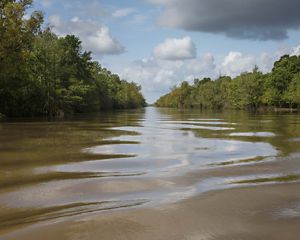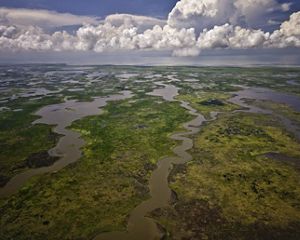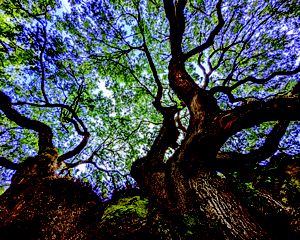A Site Worth Saving
Longleaf pine (Pinus palustris ) woodlands are characteristically open, with widely-spaced trees interspersed with an open, park-like understory of rich grasses, sedges, wildflowers and shrubs. The wet longleaf pine flatwood savanna that TNC protects at its CC Road Savanna Preserve represents a special topographic variant of this system, where a mosaic of unique, small 2’-6’ tall rises called mima mounds or pimple mounds are scattered among a matrix of flat, seasonal wetlands. While spread out across the landscape, the trees tend to be clustered around the mounds and spread out on the flats.
Historically, periodic fires would naturally sweep across this entire landscape - a natural disturbance that would keep it mostly free of hardwoods and shrubs and help encourage flowering and seeding of grasses and wildflowers. TNC mimics these prescribed burns at the preserve, aiming to burn most areas every 2-3 years.
Longleaf pine flatwood savannas have greatly declined as a result of converting the habitat to agriculture, loblolly or slash pine plantations, or commercial and residential development. All of these alternative uses of the landscape alter the natural fire regime and drain the wetlands that shape this hyper-diverse habitat type. Such alterations also detract from benefits provided by this natural ecosystem, including floodwater retention, groundwater recharge, clean water, and habitat for many wildlife species that depend upon a landscape that is fortified by fire.
Among the plant and animal diversity supported at TNC’s CC Road Savanna Preserve is the federally endangered American chaffseed (Schwalbea americana), which had not been documented in Louisiana for over 100 years until its discovery at this site in 1996. The population located at this preserve represents one of the only two identified in Louisiana and the only known occurrences west of Georgia.





